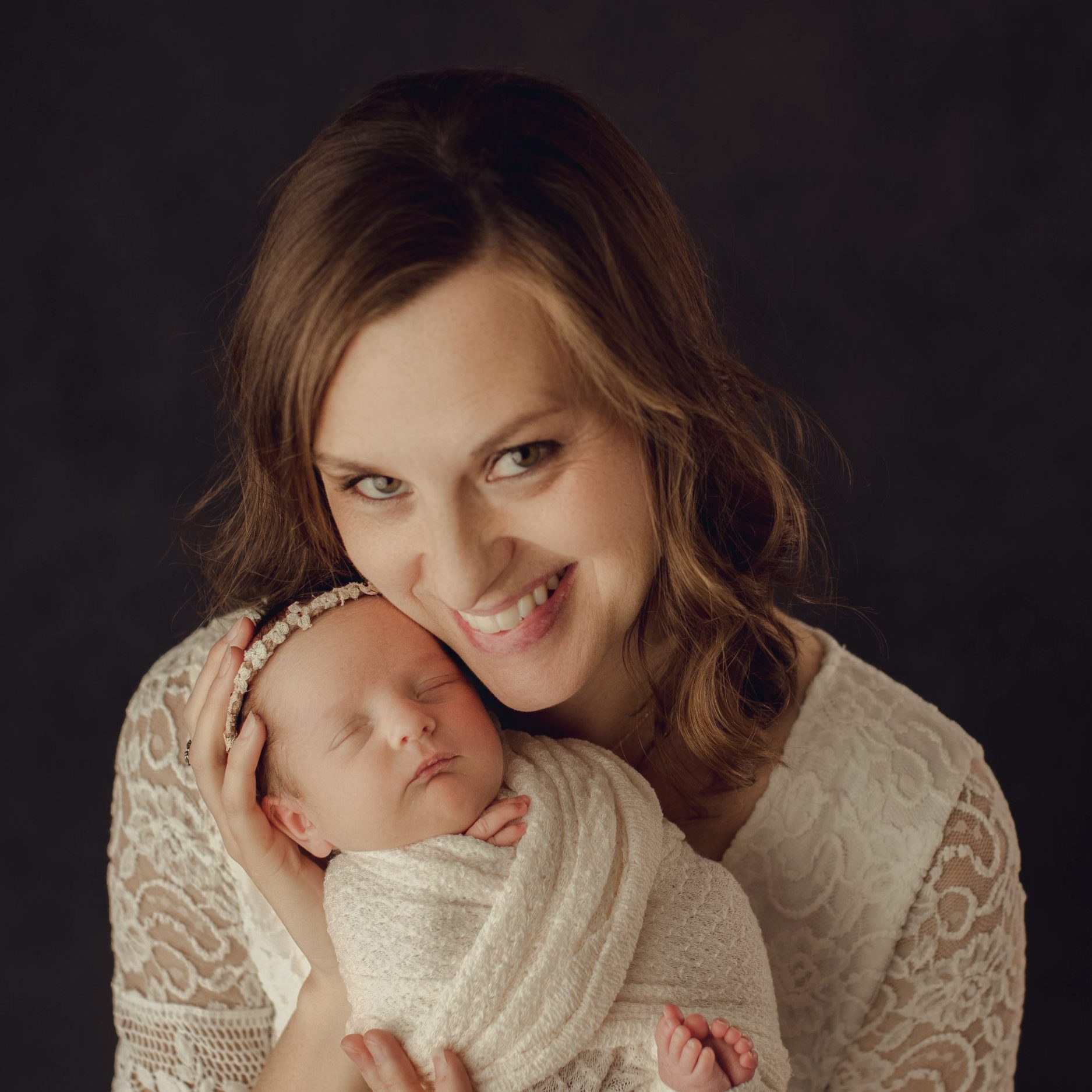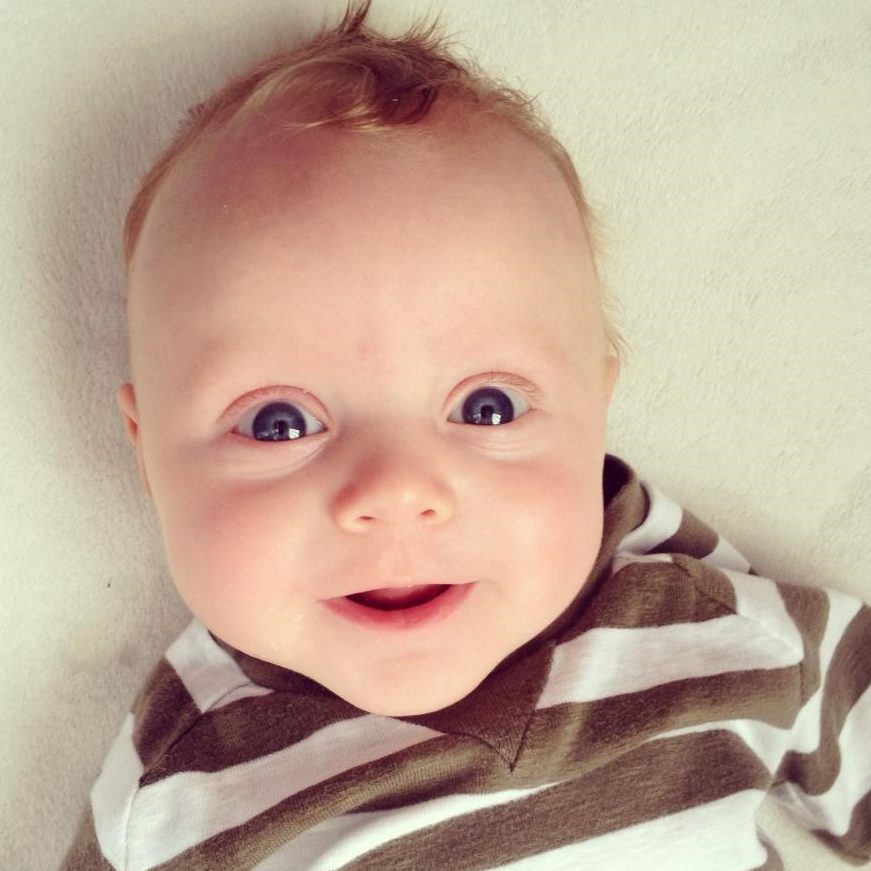
Meet Kembra
- Baby Saves
“In October, 2019, I discovered that I was pregnant with a miracle baby. After years of infertility and being told I would never naturally conceive a child, it was a welcome blessing. A miracle, in fact! It was determined that this miracle baby was due to be born May 13th, 2020. However, with my high-risk status due to Type 1 diabetes, advanced maternal age, and previous stillbirth, the baby would be scheduled to be born somewhere between 37 and 38 weeks. In the end, our sweet miracle baby ended up being born at 36 weeks on April 19, 2020. We named her Kembra Faith, and her name is a testament to her creation and her birth!
It all began at a regular appointment with the perinatologist for a biophysical profile and blood sugar check on April 13. When asked about fetal movement, I mentioned that the baby (we did not know if we were having a boy or girl) had been quieter than usual when I did my regular evening fetal kick counts using the Count the Kicks app suggested by our OB/GYN. The Count the Kicks app was a comforting tool to have since pregnancy had previously been an extremely complicated condition for me that ended in a stillbirth. Knowing that the baby was actively moving within normal measures was reassuring and helped ease the anxiety created by prior experiences.
Usually we had 10 movements within 30-45 minutes. However, over the week prior to April 13, I had noticed it was taking longer than normal. I could still get 10 kicks within two hours, though. The BPP done at my appointment on the 13th looked reassuring, and the perinatologist noted the decreased movement and said she would like to see me the following week one more time before we scheduled an induction date. Later that week, on April 17, I went for my regular prenatal appointment and non-stress test. While doing the non-stress test, the nurse was having a difficult time getting the baby to move, even with a snack, a drink, and a little buzz to the belly. I also mentioned to her that the baby had been quieter, but I could still get 10 kicks in two hours.
We decided to do a position change to the left side, and upon doing this the baby’s heart had a large deceleration into the 90s for one minute, so they decided to send me to triage for further monitoring, and I then was admitted to the hospital for continuous monitoring for an indefinite amount of time. Things looked good Friday and Saturday, and I thought I would go home on Sunday.
However, on April 19, on my last monitoring strip before discharge, the baby had a couple large heart decelerations and the perinatologist, along with my regular OB doctor, decided it was time to have a baby. My extreme drop in blood sugars, previous stillbirth with placental insufficiency, and the baby’s obvious stress were signs of possible placental deterioration.
During labor, Kembra’s heart rate continued to have decelerations. It was very frightening, and very close multiple times to requiring an emergency C-section. When Kembra emerged, it was discovered that she had the umbilical cord wrapped around her neck, which was likely the cause of her distress. If it weren’t for Count the Kicks, I do not believe I would have been as aware of the drastic change in fetal movement, which would have resulted in me not reporting this to my care providers.
I am grateful for this tool and will advocate for other mothers to utilize it in order to advocate for their unborn child’s safety. Anything that can be done to avert the heartache of fetal demise for every mother is a must in my book! Count the Kicks is at the top of the list.” – Dara G., Kembra’s mom
Easy Delivery!
Sign up for our newsletter for the simplest way to stay in touch with the latest information about our mission, events, volunteer opportunities, and more.



